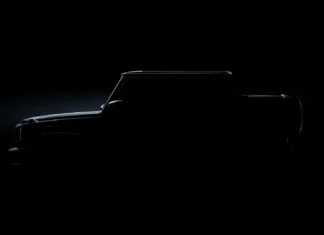What’s the difference between an SUV and a crossover? Are they the same or significantly different?
TFL’s Roman Mica explained the five major differences recently between the two and what drivers can expect when driving them.
The birth of the SUV came in 1935 when Chevy created the Suburban by putting a station wagon body on a half-ton truck frame. Since then, it’s evolved into a sleeker, utility vehicle that has plenty of cargo room, can haul a variety of items and can go through some treacherous elements with relative ease.
Today’s SUV is basically a truck with a station wagon body on it. It offers a four-wheel drive system, which means, generally, that people need to use a lever system to engage the transfer case to activate the four-wheel drive.
Unlike an SUV, the crossover, which was introduced in the late 1990s, has an all-wheel drive system that typically provides power to the front wheels. During inclement weather like snow, all four wheels can be activated when the vehicle determines conditions warrant the use of all four wheels.
Another major difference between and SUV and a crossover is the amount of pounds they can haul. Typically, an SUV can haul 5,000 pounds or more while a crossover can haul 5,000 pounds or less.
What are the other major differences between an SUV and a crossover? And, what are some of the vehicles out there that are truly SUVs? Find out by watching the complete TFL video above.
























